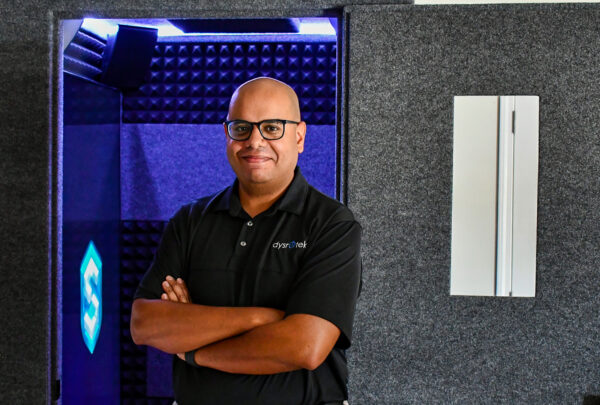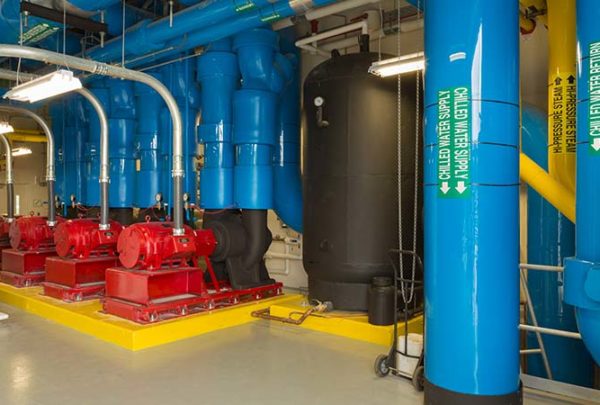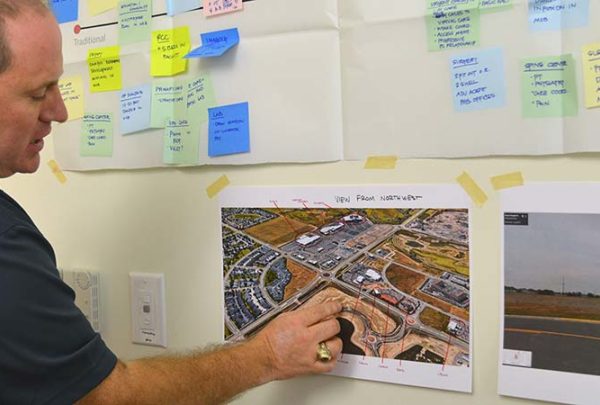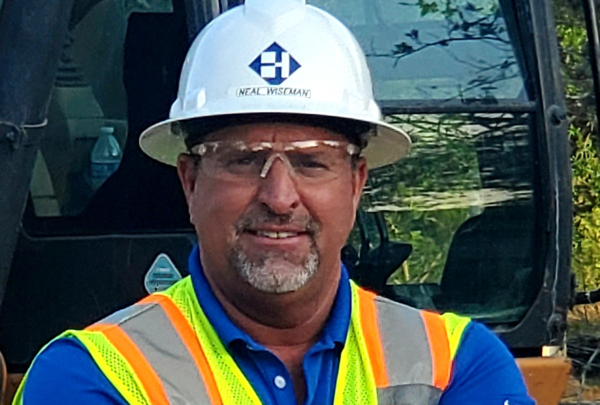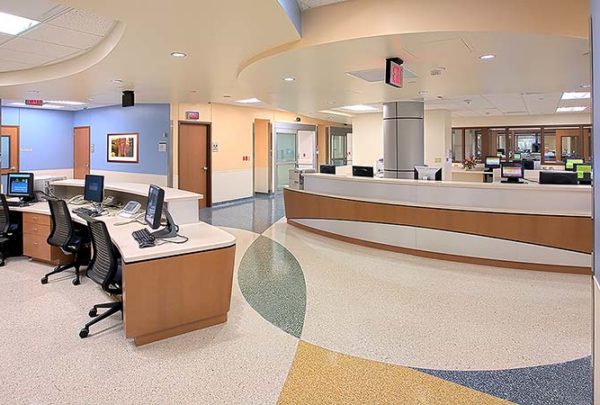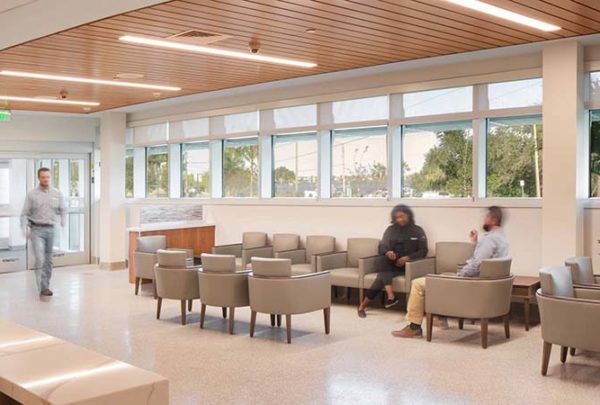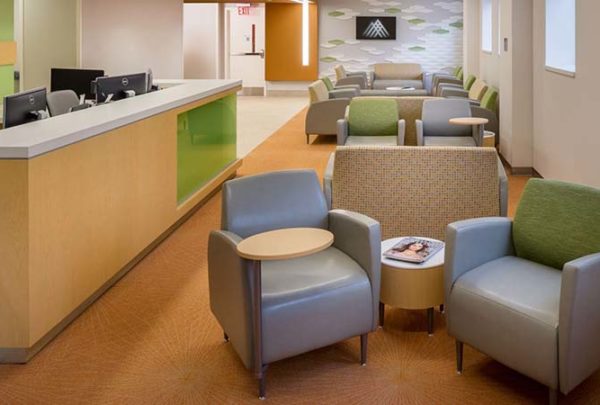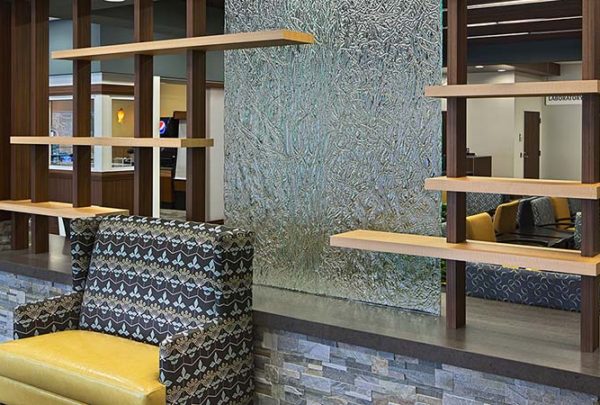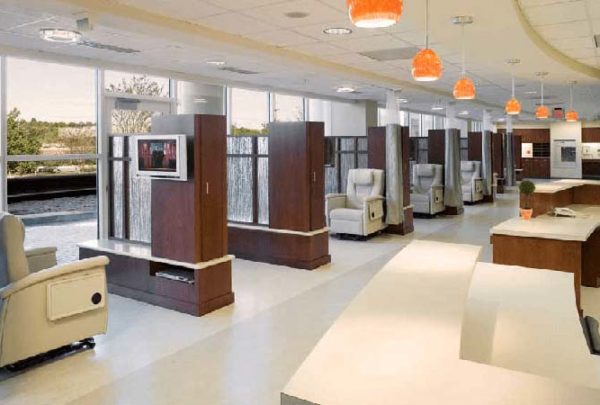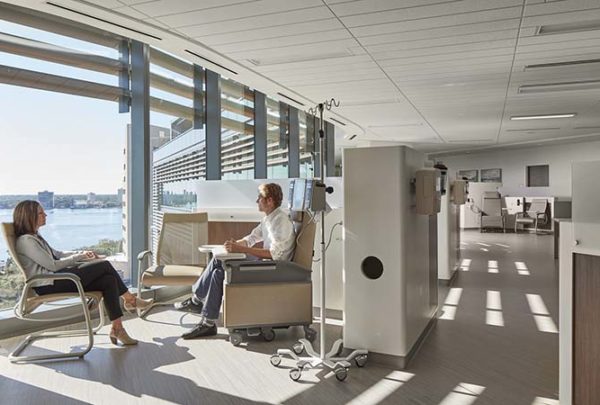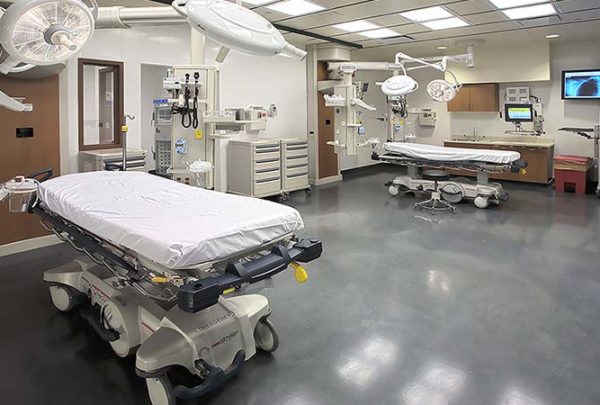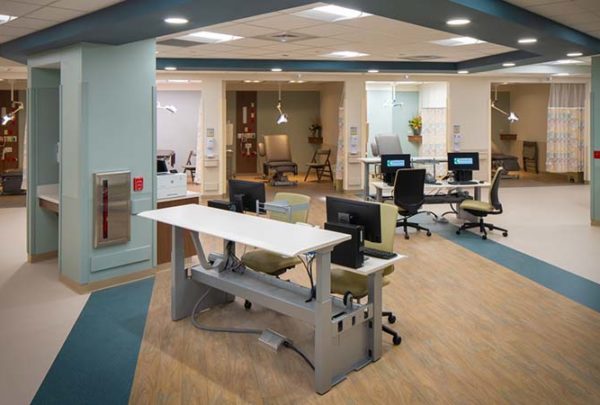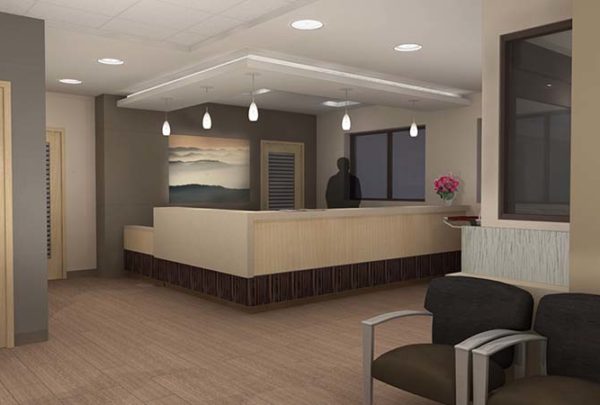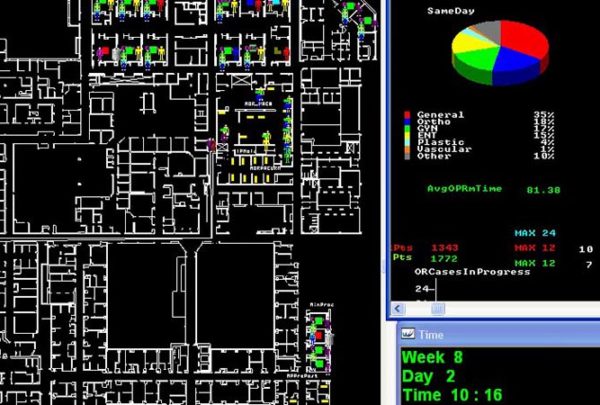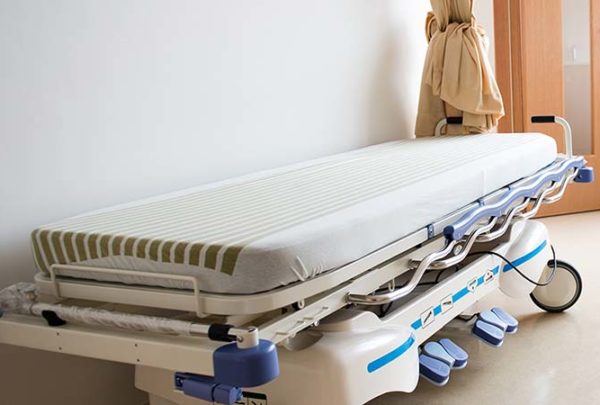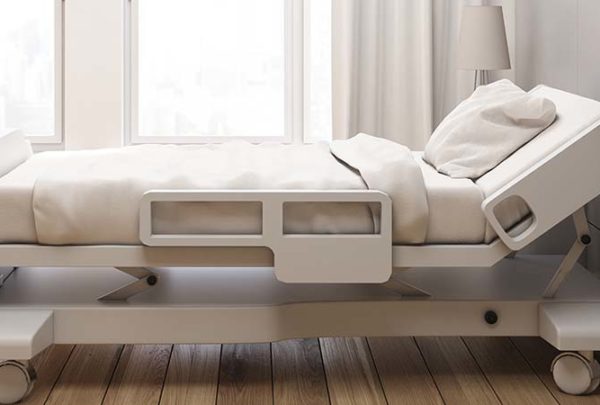Do these sound familiar? Patients must wait more than three weeks for an appointment for a non-urgent visit such as a yearly physical evaluation. There are no available appointments within 24 hours. If patients are ill they are told to go to the ED. Once patients arrive at the outpatient center, their stays are longer than one hour.
As a provider, you know you need to see more patients and process them faster through their appointments, but you can’t build more space to accommodate them. What can you do?
At Haskell, we help healthcare organizations streamline workflows to increase the volume of patients who can be accommodated in a given space. For example, if a primary care visit lasts one hour and a clinic is able to see 100 patients per day, by reducing the length of the visit to 30 minutes through reconfiguring certain efforts, the clinic can see 200 patients per day.
But we don’t do this by cutting out important caregiving activities, of course! We help minimize activities that are inefficient, such as completing a nurse assessment in one room before moving to an exam or treatment room. Moving patients always uses valuable staff time and is sub-optimal for the ill or elderly.
In addition to shaving off minutes through minimizing inefficient movement, we also “offload” activities that can take place in other locations. Many registration tasks and paperwork activities can be managed online or over the phone.
We can further reduce the length of a patient’s clinic visit by manipulating the sequence in which he or she is treated by staff. When staff members work smarter, they become able to reduce the number of patient handoffs and manage multiple processes in parallel. Rather than one staff member performing Step A first, Step B next, followed by Step C, we might re-engineer the process to perform Step A, Step B, and Step C simultaneously by three different staff members. The same tasks are performed 200% faster.
At a recent project we improved intake, implemented team staffing, and rearranged staff. These operational changes reduced throughput time to such an extent that an additional 4,000 patients could be seen before exceeding current throughput times.
All of these techniques create additional “virtual” capacity to see more patients in an existing space.
Top Ten Signs You Have Room for Improvement
- Nurses and physicians are performing non-patient-care tasks such as filing, making copies, or making phone calls. You are not utilizing staff at their highest and best use, or “top of license.”
- Exam rooms are utilized less than 80% of scheduled time.
- Staffing overtime costs are 15% of your regular staffing costs, due to long Lengths of Stay or a backlog of waiting patients.
- No-show rate is higher than 20%.
- The scheduling function isn’t centralized or standardized.
- Equipment and supplies are stored in hallways or in rooms that were not intended to be storage rooms.
- The presence of queues or lines at registration. Patients wait to check in or check out.
- Patients or visitors frequently come to the reception desk to ask where things are, what they are supposed to do, and where they are supposed to go. Staff are interrupted from their work with issues that can be addressed through improved wayfinding design or communication prior to the appointment.
- You have only one of something. Bottlenecks occur when waiting to use a single EKG machine, pneumatic tube, printer, and so forth.
A large percentage of clinical staff are traveler staff, who are less familiar with the facility.
- Staff are not cross-trained to help others during busy periods. Cross-training enables care processes to move forward, rather than stopping to wait for one particular staff member to perform a task.
We work with providers to create and achieve a unique vision of exceptional care. Often, this requires building a culture dedicated to a very low occurrence of customer complaints, ongoing communication, and other hallmarks of a positive patient experience. We help providers attain this vision and, in the process, increase return visits and enhance public reputation.
